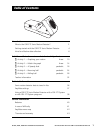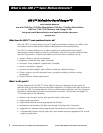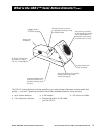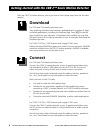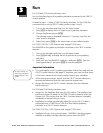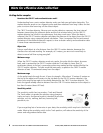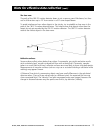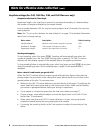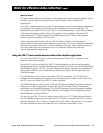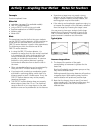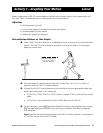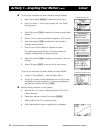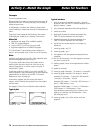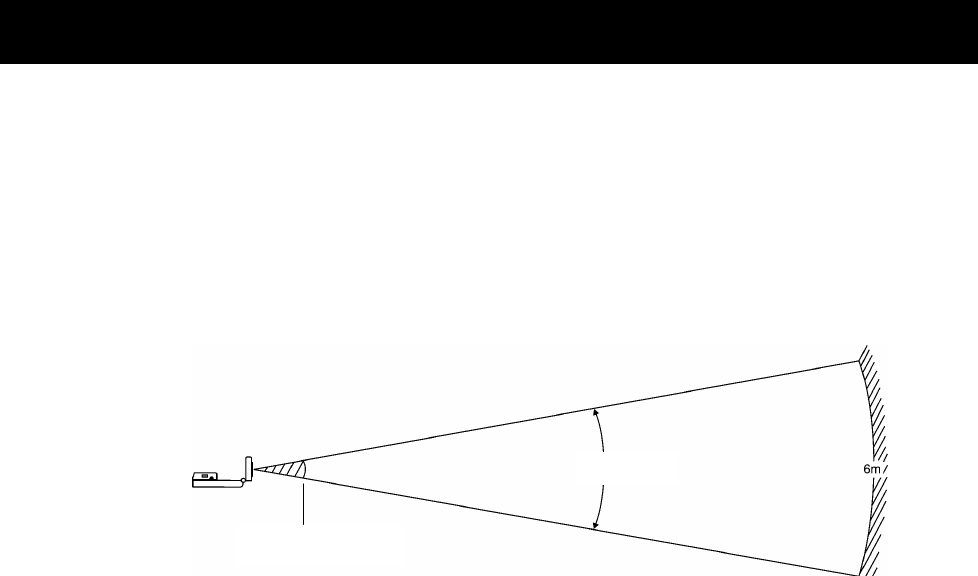
© 1997, 2004, 2006 TEXAS INSTRUMENTS INCORPORATED GETTING STARTED WITH THE CBR 2™ SONIC MOTION DETECTOR 7
Hints for effective data collection
(cont.)
The clear zone
The path of the CBR 2™ motion detector beam is not a narrow, pencil-like beam, but fans
out in all directions up to 15° from center in a 30° cone-shaped beam.
To avoid interference from other objects in the vicinity, try to establish a clear zone in the
path of the
CBR 2™ motion detector beam. This helps ensure that objects other than the
target do not get recorded by the
CBR 2™ motion detector. The CBR 2™ motion detector
records the closest object in the clear zone.
Reflective surfaces
Some surfaces reflect pulses better than others. For example, you might see better results
with a relatively hard, smooth surfaced ball than with a tennis ball. Conversely, samples
taken in a room filled with hard, reflective surfaces are more likely to show stray data points.
Measurements of irregular surfaces (such as a toy car or a student holding a calculator while
walking) may appear uneven.
A Distance-Time plot of a nonmoving object may have small differences in the calculated
distance values. If any of these values map to a different pixel, the expected flat line may
show occasional blips. The Velocity-Time plot may appear even more jagged, because the
change in distance between any two points over time is, by definition, velocity.
15 centimeter
s
30°





